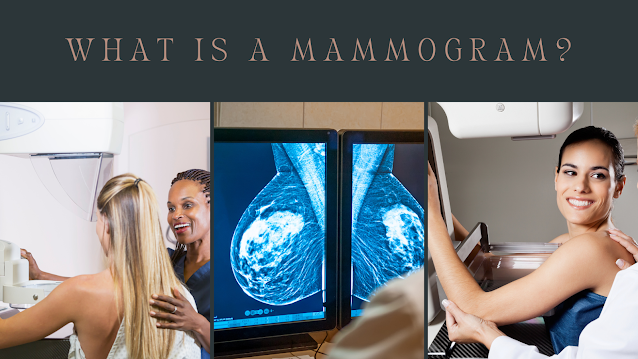A mammogram is a type of imaging test that is used to screen for breast cancer. It involves using X-rays to produce a detailed image of the breast tissue, allowing doctors to detect any abnormal changes or lumps that may indicate the presence of cancer.
The test is quick and relatively painless, and is typically performed by a radiologist or mammogram technologist. During the test, the patient stands in front of the X-ray machine, and her breast is positioned between two flat plates. The plates then compress the breast tissue, making it easier to obtain clear images.
Mammograms are recommended for women over the age of 50, and may also be recommended for women with a family history of breast cancer or other risk factors. The test is often performed annually, and can detect breast cancer in its early stages, when it is most treatable.
While mammograms are considered to be a very effective tool for detecting breast cancer, they are not perfect. In some cases, mammograms may miss small or developing cancers, or may produce false-positive results that suggest the presence of cancer when it is not actually there. This is why it is important to follow up with a doctor and potentially receive additional testing, such as a biopsy, if a suspicious area is detected on a mammogram.
In conclusion, a mammogram is a crucial tool in the fight against breast cancer. By detecting the disease in its early stages, it can help improve outcomes and save lives. If you are a woman over the age of 50, or have other risk factors for breast cancer, be sure to talk to your doctor about whether a mammogram is right for you.
